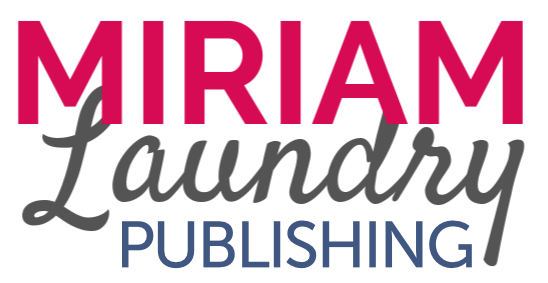There are three main types of editing:
In this blog, you’ll discover what they are and how you can do them yourself before hiring a pro.
3 Types of Editing & How to Do It Yourself
Types of Editing: Analysis/Feedback Editing
If you’ve just finished writing the manuscript, give yourself a day or two before starting to edit. Then, you’ll come at the manuscript with fresh eyes. To start the editing process, you need to read your manuscript all the way through. Remember, don’t make any notes, just read.
On your second read through, focus on the big-picture items. You’ll want to ask questions like…
- Is the problem age-appropriate for my target audience?
- Have I written a child-centred story, or do the adults jump in to save the day?
- Is the plot logical? Do the events unfold in a straightforward sequence, with each scene leading into the next?
- Did I subtly weave the message into the story itself, or is it heavy-handed?
- Does my main character grow throughout the story?
Type up your notes and fix anything that catches your eye. This stage of editing should take time, so it might require you to rethink your plot, draft a new ending, or even start from scratch. No matter what you end up doing, know that it’s completely normal to make big changes right off the bat.
Types of Editing: Structural Editing
The second of these three types of editing is structural editing. In this phase, you’ll zoom in a bit closer on your story. Instead of evaluating the manuscript as a whole, comb through it scene by scene.
Ask yourself questions like…
- Are all of my scenes essential to the story, or can I remove some without impacting the plot?
- Do my scenes unfold in a logical way?
- Is the pacing appropriate? Do I slow down during the more important scenes and speed up the less important scenes?
- Am I using page breaks effectively?
- Is there enough tension in the story to make it engaging?
- Am I showing emotions and telling facts? Or am I simply telling the reader what the characters are feeling without using imagery to make it more impactful?
Comb through your manuscript again, making the appropriate changes. Again, it’s okay to go through many drafts during this phase. Then, troubleshoot until you land on something you’re proud of.
Pre-Edit & Save on Your Budget:
Editing Checklist for Children's Books
I'll send the guide straight to your inbox!
Types of Editing: Copy Editing
Copy editing is the most detail-oriented of all three types of editing. It's all about making sure your story is clean and professional.
You’ll want to take a thorough look at each sentence in your manuscript, watching out for things like…
- Spelling
- Grammar
- Punctuation
- Word choice
Once you’ve made sure every I is dotted and every t is crossed, then you’re ready to hire a professional editor. Yes, you might’ve done a great job editing by yourself, but it’s still necessary to outsource for an editor. A fresh perspective can make all the difference.
After You've Finished all Types of Editing
While you’re waiting to hear back from editors, make sure you take time to celebrate your progress. You’ve made it this far and proved to yourself that you CAN do it!
